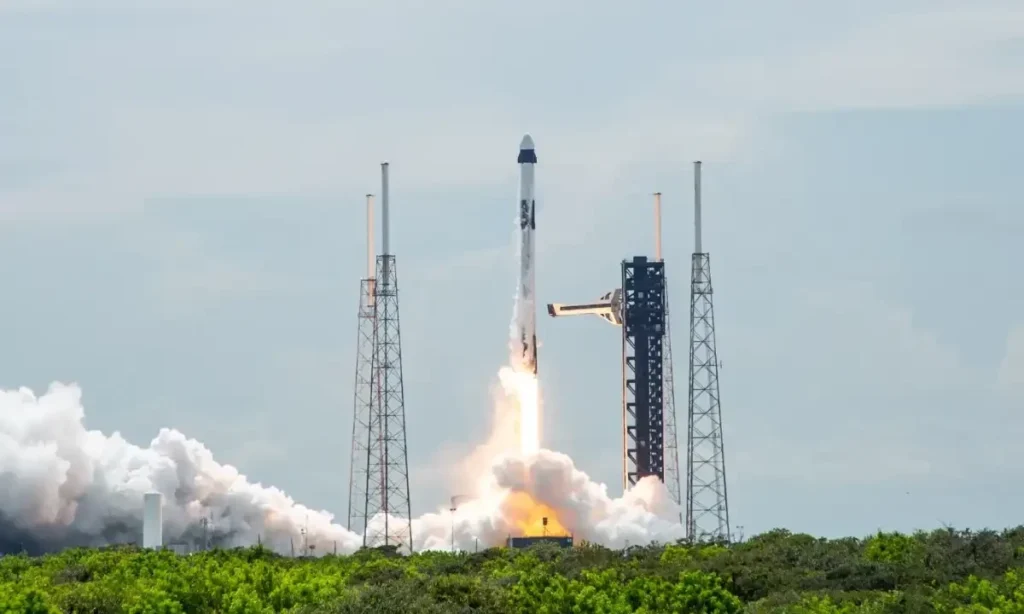Nick Hague and Alexander Gorbunov will be joined by astronauts Butch Wilmore and Sunita Williams for their return to Earth in February 2025. NASA and SpaceX launched the Crew-9 mission on Saturday, sending a Falcon 9 rocket from Cape Canaveral, Florida, to rescue Wilmore and Williams, who have been stranded on the International Space Station (ISS) for several months.
“Congrats to NASA and SpaceX on a successful launch,” said NASA chief Bill Nelson in a post on X. “We live in an exciting period of exploration and innovation in the stars.”
The rocket successfully delivered Hague and Gorbunov to the ISS, with two empty seats reserved for Wilmore and Williams. The latter astronauts were unable to return due to complications with their Boeing-designed Starliner spacecraft.
Initially scheduled for an eight-day mission, their stay was extended due to propulsion issues that required a reevaluation of their return plans.
Hague and Gorbunov will join the ISS crew, which includes NASA astronauts Michael Barratt, Matthew Dominick, Jeanette Epps, Don Pettit, Wilmore, and Williams, as well as Roscosmos cosmonauts Alexander Grebenkin, Alexey Ovchinin, and Ivan Vagner. The crew aboard the space station will temporarily increase to 11 until Crew-8 members Barratt, Dominick, Epps, and Grebenkin depart in early October.
NASA Associate Administrator Jim Free noted the unique circumstances of the Crew-9 launch, which transitioned from a full crew to just two members, and expressed gratitude to SpaceX for their flexibility.
Originally planned for mid-August, the launch faced delays due to thorough assessments of the Starliner’s reliability and was further postponed by Hurricane Helene, eventually taking place in late September. The SpaceX Dragon spacecraft is expected to dock with the ISS on Sunday around 21:30 GMT, allowing for a handover of responsibilities before the return journey.
During their five-month mission, Crew-9 aims to conduct approximately 200 scientific experiments. This mission highlights NASA’s commitment to optimizing the use of the ISS, which has been continuously inhabited for over 23 years, serving as a critical platform for technology testing, scientific research, and preparing for future commercial endeavors and deeper space exploration.


